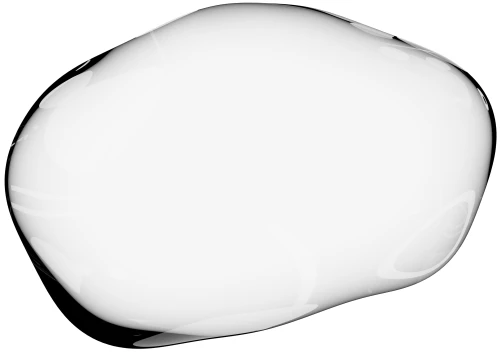This lessons learned series is part of our live SaaS resource list we're building while launching a new product.
Read more on the live SaaS resource list
What one thing learned about copywriting was most important and why?
"Use the APP formula of agree, promise, preview.
There are many copywriting structures but this is the one we use most often because it provides a simple structure for blog posts, emails, help files.
Recently we read that people don't have a short attention span, they have a short consideration span.
The APP formula starts off with a problem statement you 'Agree' with so that you can consider the rest of the article worthwhile reading. The promise tells you that you will get what you want out of it. The preview shows you proof.
All in all it works.
What dumb assumptions did we make about copywriting at the very start of our SaaS journey?
We assumed we don't need to read about how to do good copywriting because we know what good writing is and we can simply copy that.
The reason that's incorrect is because you can't see the underlying structure that good writers use. Understanding the principles is important.
There is far more structure and technique in copywriting than we ever imagined. The above APP formula is one of 100s of such methods you can use.
What did we waste the most time on which we regret?
We wasted time re-writing blog post opening paragraphs again and again.
The opening paragraph is important. If someone does not like the first few lines then they'll leave. So we wrote it, read it, re-wrote it again and again but without any proper reasoning.
What would we advise someone to do if they were starting from scratch?
Read up on copywriting and use a few core structures you are comfortable with. Within the Upscope blog we use APP, bucket brigades, benefit driven sub-headings and lots of single or two line sentences. That's pretty much it but it does the job.
Don't spend too much time re-writing stuff. Once you have a good enough structure you can write something rapidly the first time and then edit the next day and the next. It's faster that way.
If we had a magic wand how would we use it to improve our copywriting?
We currently understand copywriting for blogs but we have not done the same level of in-depth reading, learning and applying of copywriting structures for emails, landing pages, help files, internal communication like company handbooks etc and for shorter formats like tweets.
We'd like to instantly know at least one key central copywriting methodology for each different format and re-write all our copy using that methodology so we know we're getting the basics right.
How will we use our experience for our new product?
The headline and opening problem statement will be key to our new product because the product is largely visual apart from that headline and opening statement.
We'll likely use APP or the Before After Bridget approach because we'll be doing landing pages. We'll also be sending targeted tweets and they may have space for at least an Agree + Promise or Problem + Agitate + Solve type step. The tweets are harder as we're more experienced with the longer form but there are ways to shorten it.
Resources that influenced our thinking
Brian Dean's copywriting secrets
This is one of the earliest copywriting videos we saw and we've used elements from this repeatedly in our blog posts.
The APP formula is used for rapidly writing informative introductions, bucket brigades are used to keep people reading just when they might be losing concentration, benefit driven sub-headers are great for skim readers, and so on.
Keep people interested using Brian's copywriting secrets
27 copywriting formulas
Here's a big list of copywriting formulas and author of the list has clearly put in the work to list, summarise and link to the best stuff out there.
Learn a few of the key copywriting formulas
Compare Brian Dean and Neil Patel writing styles
These two guys rank at the top of many Google searches and they are among the best at content marketing.
Within the two posts linked below you'll see they have a similar writing style with one line paragraphs, benefit driven sub-headers and use of pictures and bullet points. All of this is designed to make it easy to read or simply skim read.
See Brian Dean's post here and Neil Patel's here.
The same lessons in copywriting are repeated by Close.com
It's no coincidence that the same style of writing is repeated by Close.com who keep sending us emails that are always so attention catchy.
See how the Close.com do emails
Write simply
It would be rare for anyone in the startup world to not have come across Paul Graham's essays. There's a lot to be said for simple clear writing which he confesses to editing repeatedly to get it right.
Here is Paul Graham's take on writing and another good post here.


